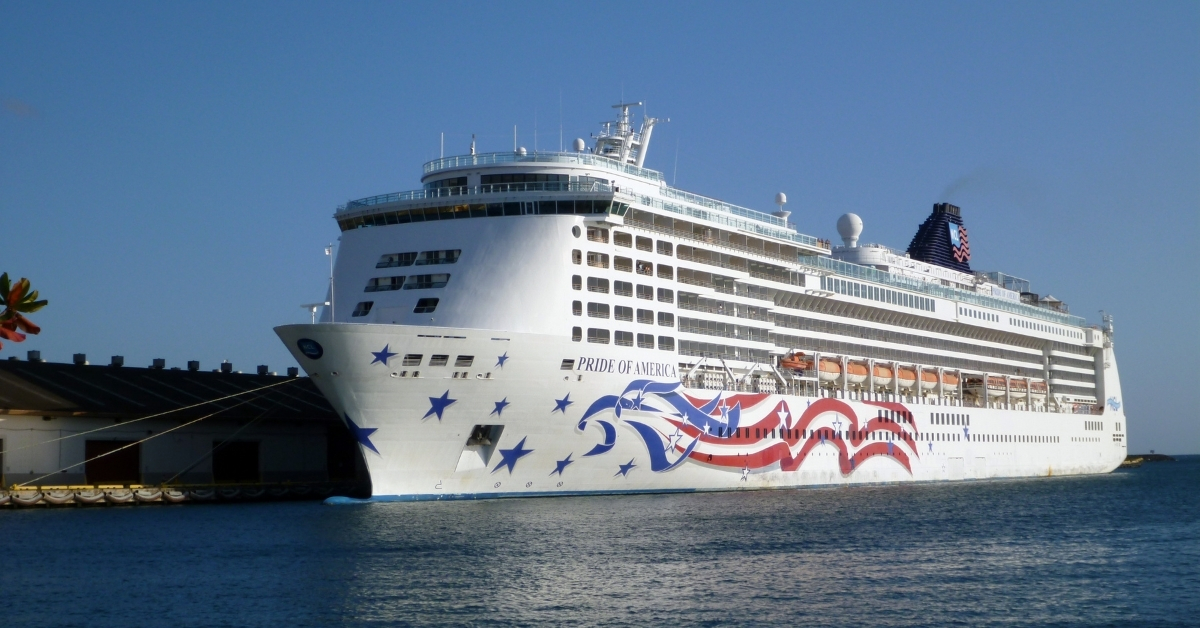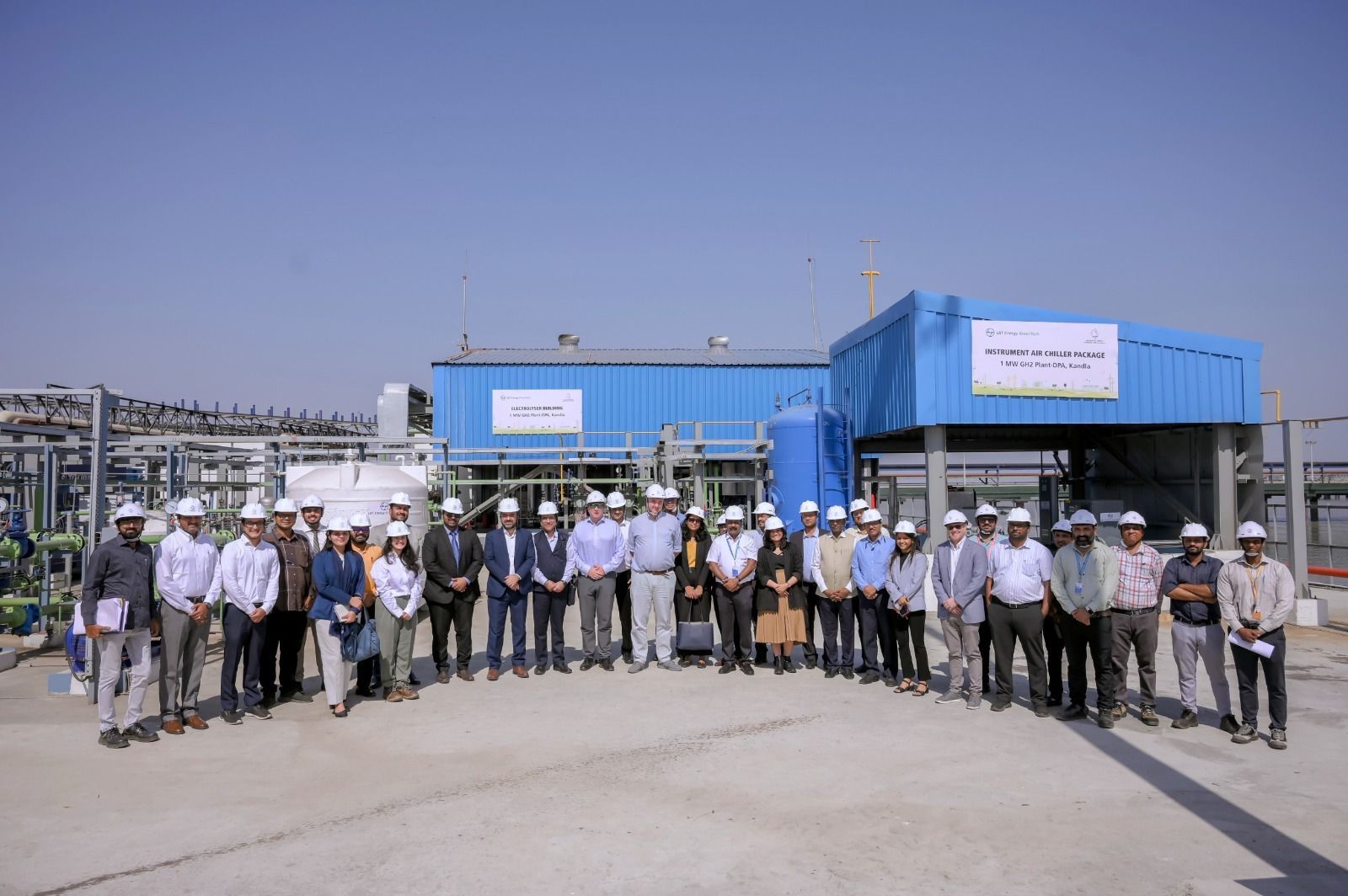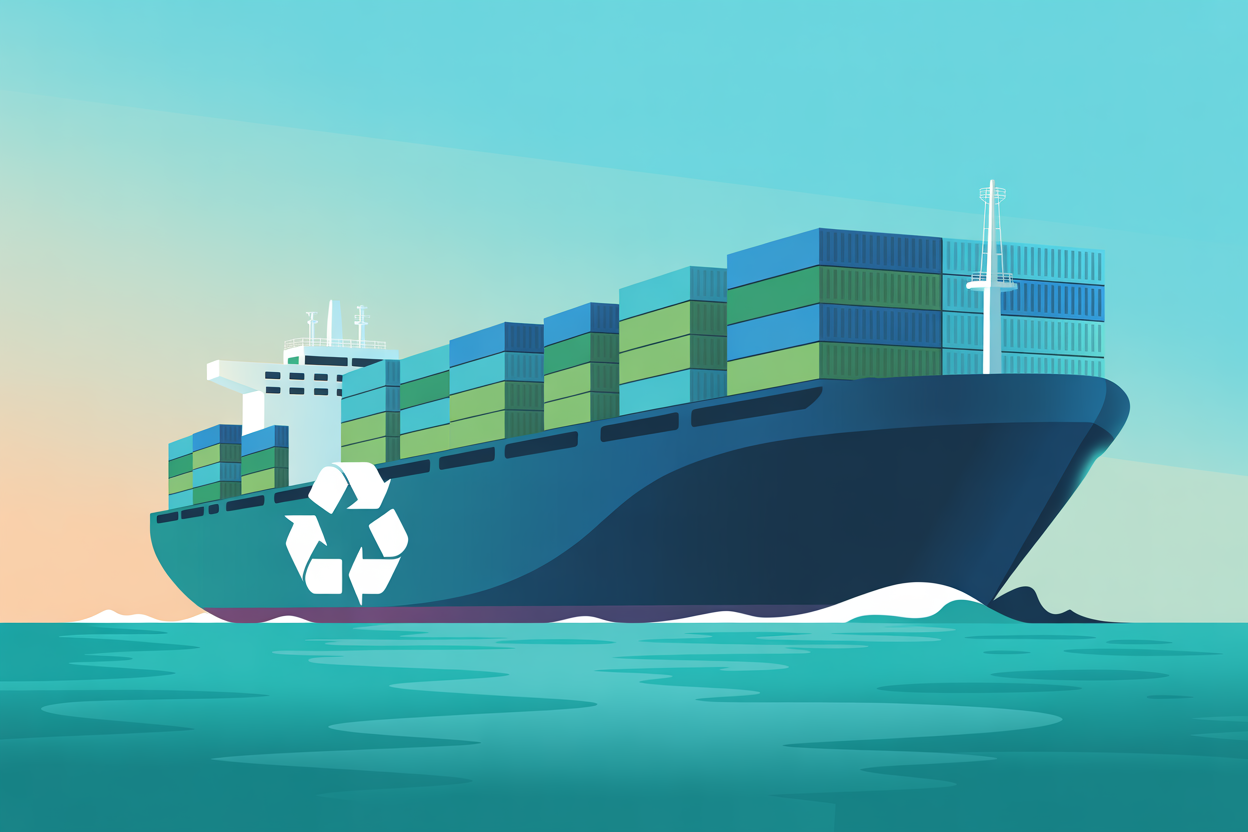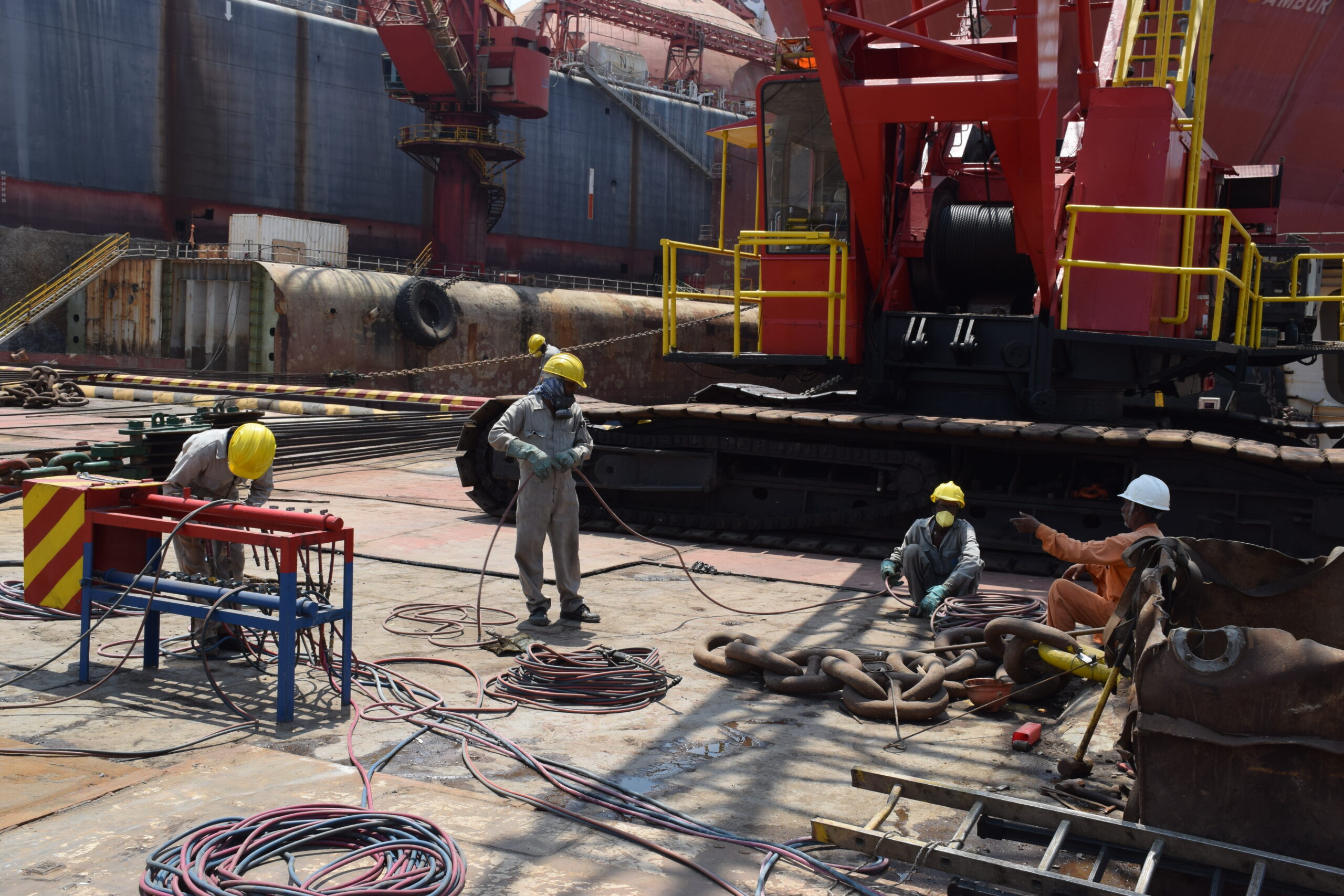Cruise Ships in Crisis: Earthquake Triggers Tsunami Panic Across Pacific
New York | 1 August 2025

When a powerful 8.8-magnitude earthquake struck off the eastern coast of Russia early Wednesday morning, the tremors set off a chain reaction of panic and precaution across the Pacific. Within minutes, tsunami warnings blared in Japan, Alaska, Hawaii, and coastal areas throughout the Pacific Rim. But amid government alerts and hurried evacuations, some of the most dramatic scenes unfolded not on land, but at sea.
Cruise ships, often seen as symbols of leisurely escape and floating luxury, were suddenly thrust into emergency mode. Some captains acted swiftly, steering their ships away from harbours and out into deeper waters. Others were caught off guard, scrambling to manage crowds and maintain order as panic spread among passengers waiting to board or disembark.
In ports from Yokohama to Honolulu, chaos erupted. Passengers described scenes of confusion, with families separated, lines abandoned, and growing frustration as ships pulled away from docks—leaving many behind. Dozens of travellers in Alaska and northern Japan were left stranded on piers, helplessly watching as their vessels disappeared into the distance under orders to head to safer waters.
“I was minutes away from boarding when we were told the ship was leaving immediately,” said Maya Tanaka, a passenger who had arrived at the Hakodate terminal in northern Japan. “They wouldn’t let anyone else on. They said they had to leave for safety. I understand why, but it was terrifying.”
The sense of betrayal felt by some travellers has reignited public debate around maritime safety and emergency protocols, especially during tsunami threats. But as jarring as the sight of a departing cruise ship may be, experts insist it was the right move.
Why Cruise Ships Head for Deep Water
While the public often associates tsunamis with massive, crashing waves that destroy everything in their path, the reality at sea is far more nuanced.
“In deep water, tsunami waves are barely noticeable,” explained Dr. Lena Morozov, an oceanographer with the Pacific Tsunami Warning Centre. “A tsunami in the open ocean might only be a few feet high, even when it’s carrying massive energy. It’s not until the wave approaches the coast and the water gets shallower that it becomes dangerous.”
This phenomenon—known as wave shoaling—compresses the energy of the wave, forcing it upward as it hits the rising seafloor. That’s when tsunami waves become the destructive walls of water seen in catastrophic footage. Near shorelines, harbours, and bays, the same wave that would feel like a ripple in deep water can turn into a towering surge.
For this reason, maritime authorities worldwide instruct ships to head for deeper water during tsunami warnings.
“Cruise ships are safest when they’re at least a hundred fathoms—about 600 feet—offshore,” said Captain Jorge Esteban, a retired cruise line commander who now consults on maritime emergency preparedness. “The deeper the better. You do not want to be docked or anchored in shallow water during a tsunami. The ship can be pushed violently into the pier or run aground.”
A Moment of Reckoning for the Industry
The incident has raised questions about cruise lines’ preparedness and communication with passengers. Several affected passengers claimed they received little to no information about what was happening.
“I only found out about the earthquake through social media,” said Thomas Reynolds, who was waiting to board a ship in Anchorage. “No announcements, no guidance. And then suddenly the ship was gone.”
Cruise companies have responded by citing standard safety protocols. One cruise line issued a statement saying: “In the event of a tsunami warning, it is standard procedure for ships to proceed immediately to deep waters for the safety of passengers and crew. Unfortunately, this sometimes means making difficult decisions in a rapidly evolving emergency.”
Maritime analysts, however, say that while safety procedures were followed, communication breakdowns are a recurring issue during emergencies. “Tsunami response is time-critical,” noted Dr. Morozov. “But cruise lines must also improve how they relay decisions to passengers on land.”
Tsunamis Are Not Rogue Waves
The unfolding drama has also revealed a broader misconception: many people still fear that a tsunami at sea will behave like a monstrous rogue wave, capable of toppling massive ships. But this, scientists say, is simply not true.
“Tsunamis are not about height in the open ocean—they’re about energy,” said Dr. Morozov. “That energy only translates into height when it hits land. Out in the deep sea, a tsunami may pass under a ship without the crew even noticing.”
Still, the scene of empty docks and abandoned travellers has led to calls for better coordination between port authorities, cruise lines, and local governments. In Japan and Alaska, port officials are reviewing contingency plans to see if it’s possible to delay departures long enough for boarding passengers to embark, without compromising safety.
For now, no cruise ships were reported damaged, and there were no casualties among passengers or crew. The tsunami waves that eventually hit coastal regions were relatively modest—ranging from 1.2 to 2.8 meters—but still caused localized flooding and property damage in low-lying areas of Japan’s Hokkaido and Russia’s Sakhalin regions.
As the Pacific calms in the aftermath, one lesson emerges: even the biggest ships must yield to the might of the sea—and sometimes, the safest place is not the harbour, but the deep unknown.
Author: shipping inbox
shipping and maritime related web portal









